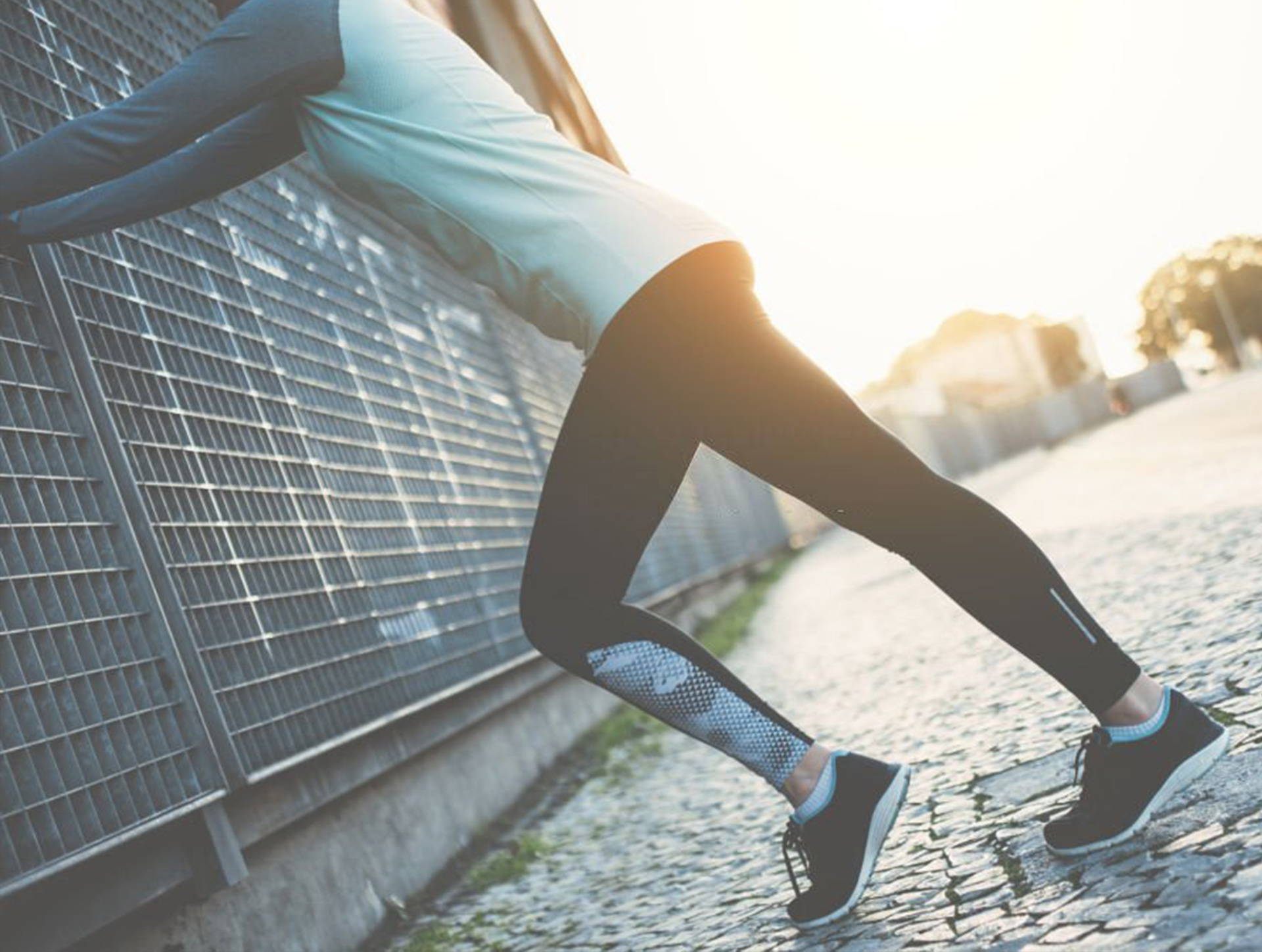
Compression Socks vs Stockings
June 30, 2023 | 3 Mins Read
TABLE OF CONTENTS
Compression socks and stockings might seem similar at first glance, but they serve distinct purposes and offer varied benefits. Both are essential tools in promoting healthy blood circulation and minimizing swelling, but the choice between them often depends on individual needs and preferences. As we dive deeper, we'll explore the specific differences between these two supportive wearables and help you determine which might be the best fit for you.
Numerous medical conditions and medications lead to edema (swelling) in the legs. Injuries, surgeries, or extended inactivity can also cause your legs to swell. When you sustain an injury or remain inactive, blood pools in your legs and feet. Weak vessels hinder the blood from pumping back through your body, leading to swelling. This swelling can cause pain and delay wound healing.
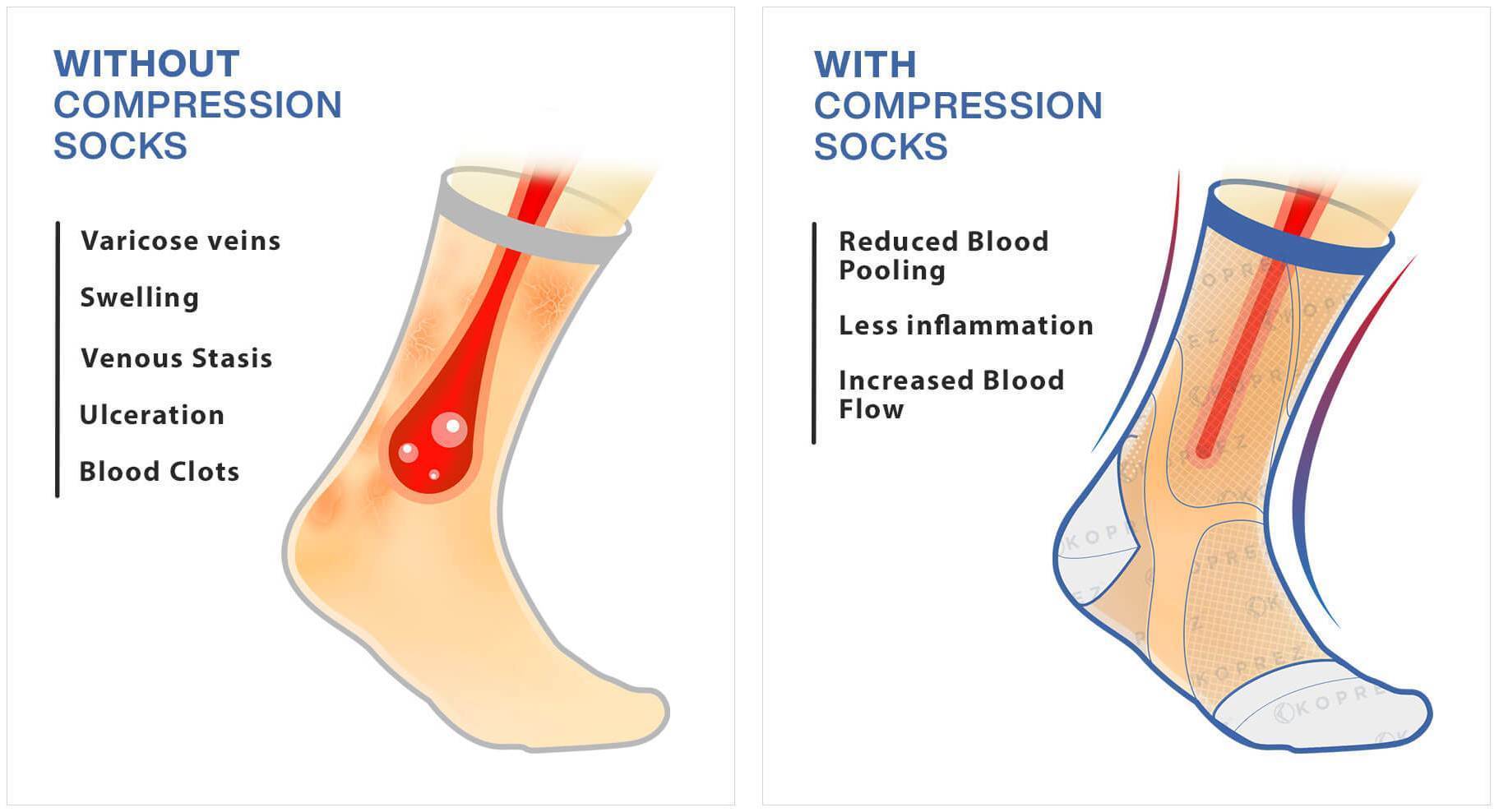
In the same way during post-workout recovery, lactic acid builds up in your muscles and causes soreness. The mechanism of graduated compression works by exerting pressure on the leg to help improve circulation. This is done by squeezing the veins and arteries in the lower extremities, forcing blood upwards towards the heart instead of pooling in the feet and ankles.
The amount of compression is measured in mmHg (millimeters of mercury) and increases from the ankle up towards the calf or thigh area. Below is a detailed explanation of how compression therapy work:
Below are the following conditions that can benefit from compression therapy:
Compression socks operate based on a simple yet effective principle: applying graduated pressure to the leg to promote better blood flow. Veins, which carry deoxygenated blood back to the heart, have one-way valves to prevent backward blood flow. When these valves weaken from factors like prolonged standing, blood can pool in the legs. Compression socks apply external pressure that supports these veins, narrows their diameter, and speeds up blood flow, thereby reducing the risk of clotting and swelling from fluid buildup in the tissues.
They come with different compression levels, with the most common being 15-20 mmHg and 20-30 mmHg. The higher number represents the pressure rating at the ankle, while the lower number indicates the pressure on the calf. For example, a 15-20 mmHg rating indicates that the sock provides 15 mmHg of pressure at the ankle and 20 mmHg of pressure at the calf.
Unlike compression stockings, socks typically only reach up to the calf or just below the knee. You can easily find compression socks in athletic stores, pharmacies, and online. While both can be used medically, compression socks are often chosen by athletes, travelers, and workers who stand for long periods. They aim to reduce fatigue and minor swelling. Compression stockings are more medically oriented, frequently prescribed for conditions like varicose veins, edema, and post-surgical recovery.
Compression stockings exert steady pressure on the legs, supporting and squeezing the veins and muscles. This pressure promotes the upward flow of blood back towards the heart, preventing it from pooling in the legs and feet. By enhancing circulation, the stockings reduce swelling and help prevent conditions like deep vein thrombosis, varicose veins, and leg fatigue. The specific design of graduated compression stockings, which are tighter at the ankle and looser as they move up the leg, further assists in pushing the blood upwards, countering the pull of gravity.
There are different kinds of stockings manufactured on a gradient compression scale, providing different levels of pressure, such as:
Compression stockings are medical devices designed to improve blood flow and reduce swelling in the legs. Here are the types of compression stockings:
Both compression garments work on the same principle, but their design and purpose differ.

While the pressure rating is crucial, there are several other factors to consider when selecting the right compression garment. These include:
Ask yourself the following questions before choosing between compression socks or stockings:
References
Author

Claire Evans worked as the content marketing manager at Koprez. Claire combined a background of writing and editing, marketing, and patient education to best serve consumers, fitness enthusiasts, athletes, and anyone who relies on the Koprez brand for helpful information.
Koprez® Featured Products
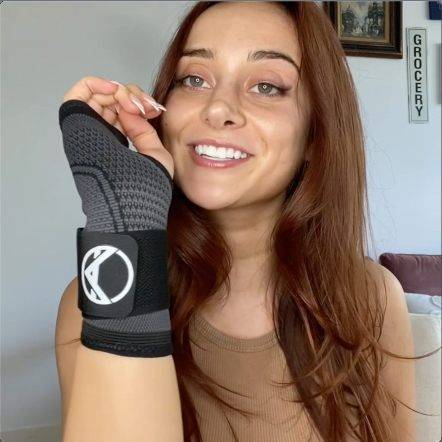

"I sprain my wrist super often, so I decided to try out this sleeve. This is game-changing! I've been using it for a while now, and my wrists feel amazing. I haven't gotten in any injuries since using it too. It just makes my wrists feel so supported."
Alexis A.
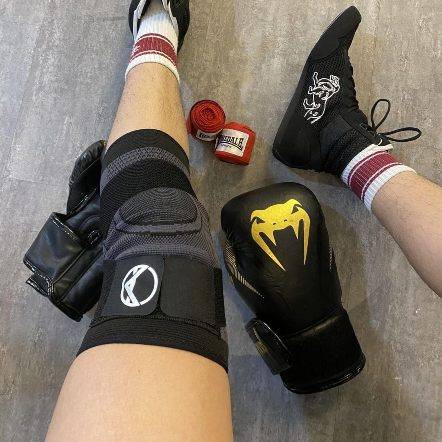

"Use this for my boxing training. It is a very comfortable brace and does not move out of position during skipping ropes and sparring sessions. I use it while running too. Probably the best brace I've purchased throughout the years. It is very flexible. Makes me look like a pro! :)"
Samuel L.


"I've just got back to running after a couple of years of being plagued by injury. These compressions socks are helping give me peace of mind while I build up my distance again. They are the perfect level of compression, super comfy, and very high quality. Feel great while on a run, and looks great in the orange colour I have!"
Dave R.
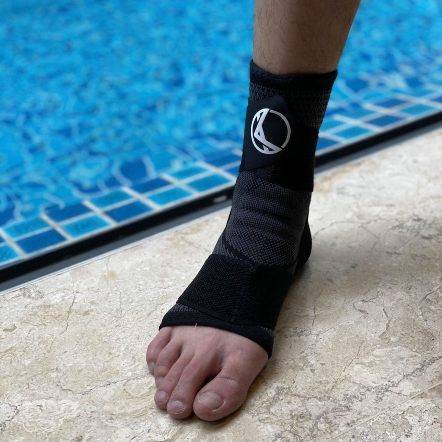

"I have a weak ankle, and the Koprez ankle sleeve has been a lifesaver. Wear it every day. Super breathable and comfortable. Like wearing a cool sporty looking sock!"
James F.
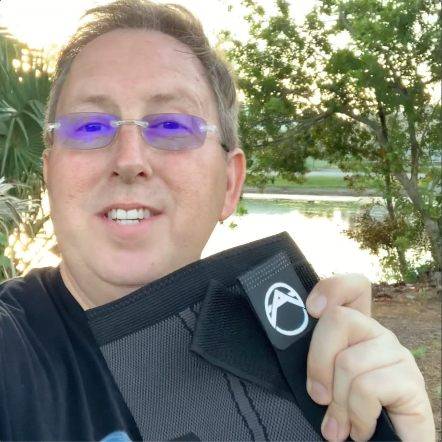

"This is the best knee sleeve I've ever tried. It's now a must-have for all my exercises. A few years ago, I had an accident that damaged my knees, but with Koprez I can be active again with no knee pains at all. It's been truly amazing!"
Alex M.
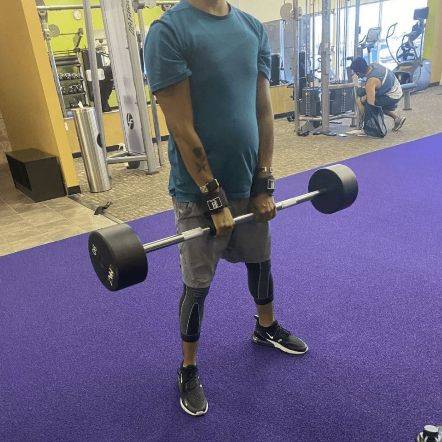

"One of the best purchases I've ever made. It fits your legs all the way from top to bottom, great snug fit, gives you support and definitely helps during rehab and training."
Rafael A.
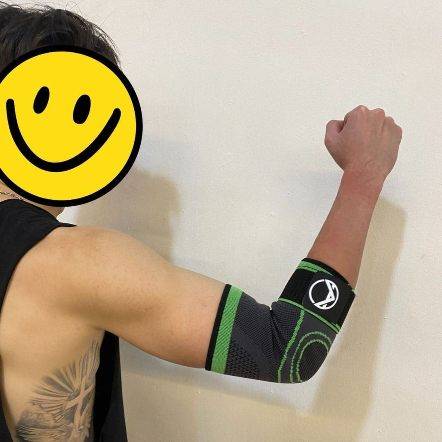

"I had a minor elbow injury, and Koprez sleeve was super supportive and definitely helped me recover faster. I still use the sleeve to prevent further injury. So far, so good. Very comfortable and does not feel hot at all. Highly recommend!"
Corey B.
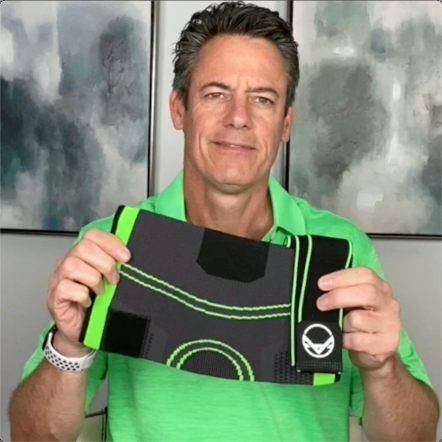

"It's really been a game-changer for me. It allows me to exercise a lot longer than I used to. Now my knees don't hurt, and they're not uncomfortable at all."
Mike P.


"Great product!!"
Harold
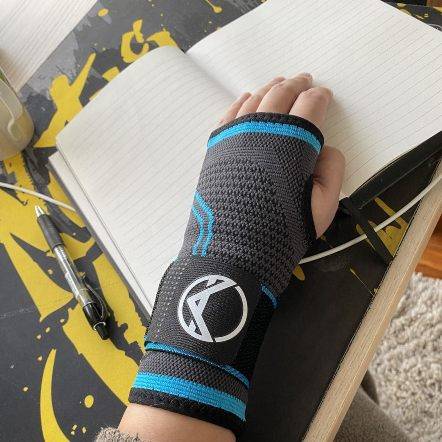

"I have carpal tunnel, and this brace has helped me work pain-free. Love the materials, and I can feel my wrists slowly getting better, even when I don't wear them!"
Christopher J.
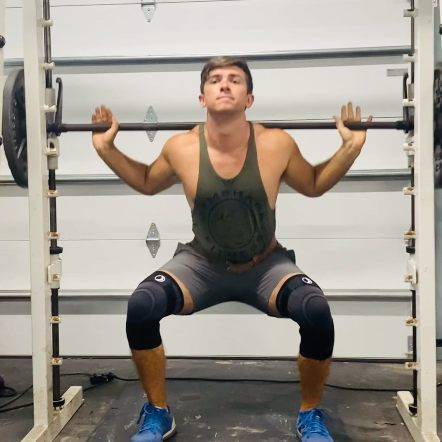

"I wanted to try out these sleeves to improve my squats and deadlift in the gym without worrying about injuring my knees. They stayed up throughout the entire gym session, and my knees feel super supported. Now I can do what I love for years to come. "
Corbin C.